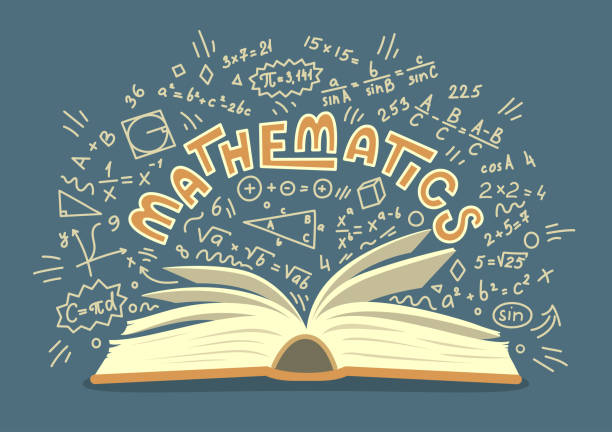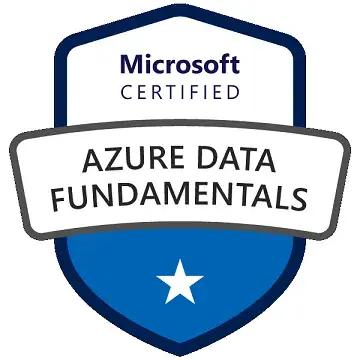mathematics class 7 (Math)
-
- 5 rating
- (1 Reviews)
- 0 students enrolled
mathematics class 7 (Math)
Class 7 mathematics is a foundational level of math education typically taught to students around the age of 12-13. In this grade, students build upon the fundamental math concepts they learned in previous years and begin to explore more advanced topics. Some key areas of study in class 7 mathematics include:
-
- 5 rating
- (1 Reviews)
- 0 students enrolled
What learn
- Comprehensive Subject Knowledge
- Visual and Interactive Education
- Adaptive Learning Methodology
- 24/7 Availability
- Global Reach and Diverse Resources
Course Content
Requirements
- Smart Phone Or Laptop with Internet Connection
Description
Certainly! Here's a brief overview of each topic:
1. Congruence of Triangles: The study of congruence involves comparing and identifying when two triangles are identical in shape and size. This involves understanding congruent angles and sides.
2. Fractions: Fractions represent parts of a whole and are expressed as a ratio of two integers. Understanding fractions involves operations like addition, subtraction, multiplication, and division.
3. Algebraic Expressions: Algebraic expressions involve variables, constants, and mathematical operations. They are used to represent mathematical relationships and solve equations.
4. Data Handling: Data handling involves collecting, organizing, representing, and analyzing data to extract meaningful information. This includes techniques like tallying, graphing, and calculating measures of central tendency and dispersion.
5. Perimeter and Area: Perimeter refers to the total length of the boundary of a two-dimensional shape, while area refers to the amount of space enclosed within the shape. These concepts are fundamental to geometry.
6. Practical Geometry: Practical geometry involves applying geometric concepts to solve real-world problems, such as measuring and constructing shapes, calculating dimensions, and determining angles.
7. Lines and Angles: Lines and angles are foundational concepts in geometry. Understanding different types of lines (e.g., parallel, perpendicular) and angles (e.g., acute, obtuse) is essential for geometric reasoning.
8. Symmetry: Symmetry refers to the balanced arrangement of parts on either side of a central axis or point. It is observed in various geometric shapes and objects.
9. Visualizing Solid Shapes: Visualizing solid shapes involves understanding three-dimensional objects and their properties, such as faces, edges, vertices, and different types of polyhedra.
10. Integers: Integers are whole numbers, both positive and negative, along with zero. They are used to represent quantities in situations involving direction, temperature, and debt.
11. Simple Equations: Simple equations involve finding the value of a variable that satisfies a given mathematical statement. This often involves basic arithmetic operations and inverse operations.
12. Exponents and Powers: Exponents represent repeated multiplication, while powers are expressions with a base and exponent. Understanding exponents and powers is crucial for expressing large and small numbers efficiently.
13. Comparing Quantities: Comparing quantities involves analyzing relationships between different quantities, such as ratios, proportions, percentages, and rates of change.
14. The Triangle and its Properties: This topic explores various properties and characteristics of triangles, including types of triangles (e.g., equilateral, isosceles, scalene) and triangle congruence criteria.
15. Decimals: Decimals are numbers that include a decimal point to represent parts of a whole. They are used in various contexts, including measurements, currency, and calculations requiring precision.
16. Rational Numbers: Rational numbers are numbers that can be expressed as a ratio of two integers, where the denominator is not zero. They include fractions and terminating or repeating decimals.
Recent Courses
- June, 23rd 2025
- 3
This course plan outlines a comprehensive curriculum for a prompt engineering course, designed to equip learners with the ski..
- 1699.00₹
2000.00₹
- June, 28th 2025
- 12
In an era where technology is seamlessly integrated into our daily lives, understanding the synergy between Embedded Systems..
- 1599.00₹
2000.00₹
- May, 22nd 2024
- 0
Microeconomics is an essential component of economics as a whole, as it helps us understand how individual decisions and inte..
- 799.00₹
999.00₹
About Instructor
"Founded in 2019, Bringup Education stands as a dynamic Ed-Tech firm. We take pride in offering a diverse array of courses, spanning from school-level education to rigorous undergraduate programs, all impeccably facilitated through our state-of-the-art Learning Management System (LMS).
Moreover, at Bringup Education, we are committed to preparing students for the professional world by providing valuable training and internship opportunities. These experiences not only augment students' skills but also ensure they are 'job ready' upon graduation."


.png)




.png)


